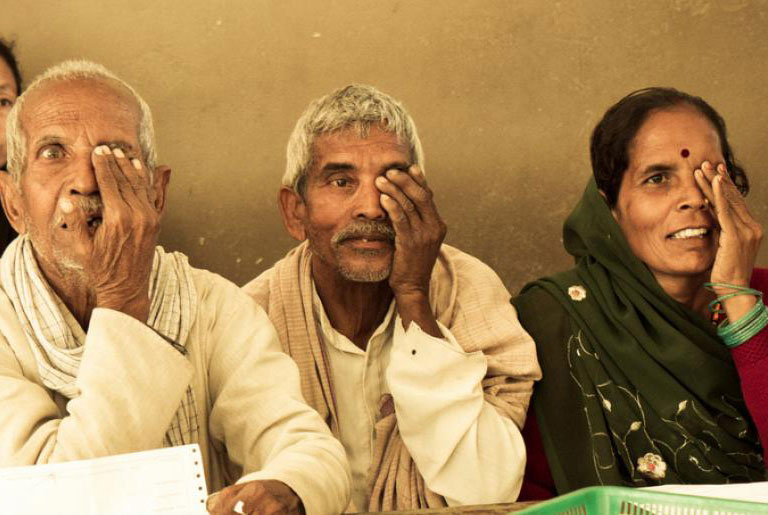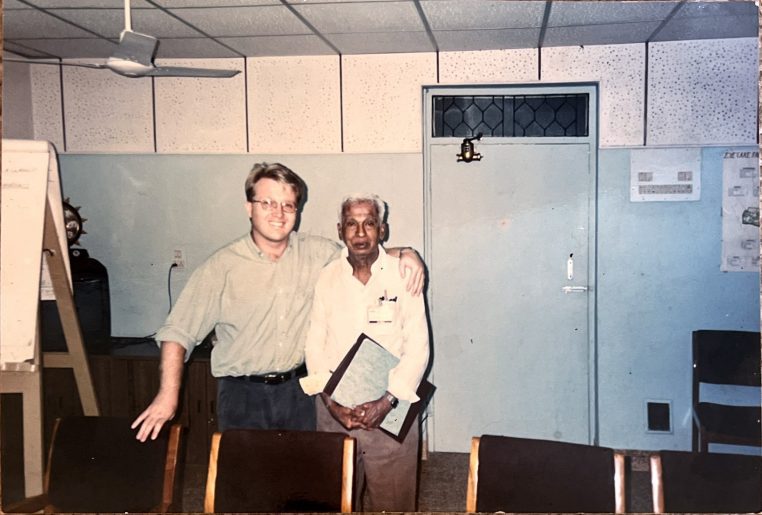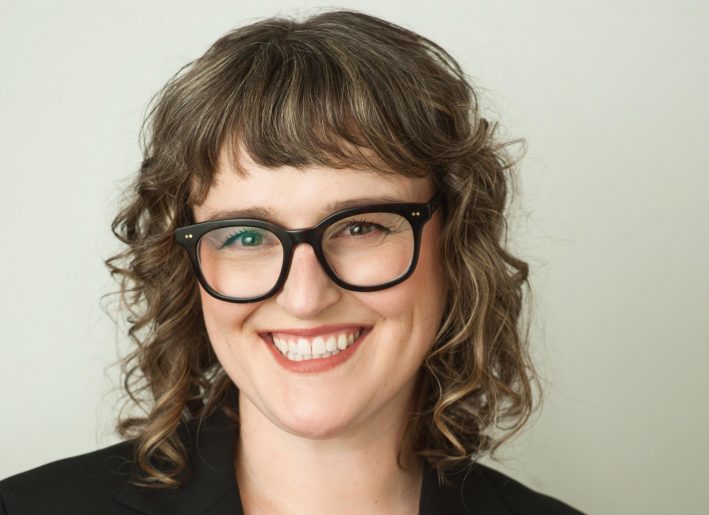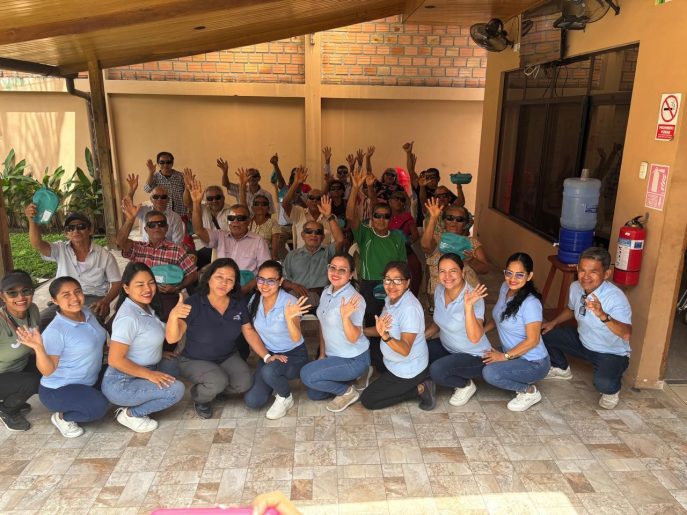Originally appeared on ONE Blog on 10 October 2019 6:13AM UTC
Seva Canada is one of the many Canadian organizations working towards ending global poverty. And they do this by making eye health services accessible and affordable to those who need it in low-income countries.
Penny Lyons is the Executive Director of Seva Canada.
An estimated 36 million people are blind around the world, with another 217 million living with visual impairment.The good news is that 80% of global blindness is treatable or preventable. In fact, half of the world’s blindness is caused by cataracts, a reversible condition that requires a 15-minute operation and only costs $50.
Blindness and poor vision can keep people trapped in a vicious cycle of poverty. By restoring sight and preventing blindness, people are able to better take care of their health, contribute to their communities, and lift themselves and their families out of poverty. The World Bank has stated that restoring someone’s sight is one of the most cost-effective health interventions.
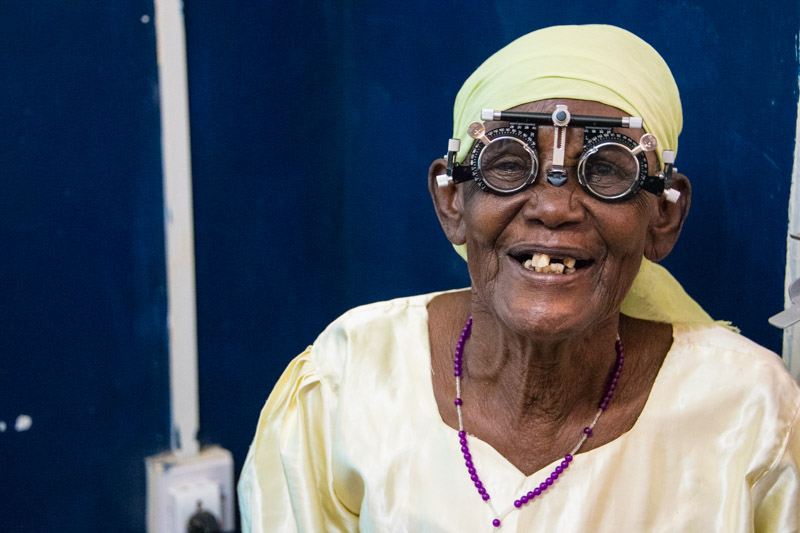
Preventable and treatable vision loss affects millions
Although most blindness and low vision is preventable or treatable, it still requires substantial investment in sophisticated equipment and training. The problem of avoidable blindness in low-income countries is largely a problem of resource allocation. Funding for eye health services makes up just a sliver of local and international health funding. Most eye care, including cataract surgery, is inexpensive and straightforward, but public health systems are underfunded and overwhelmed, and service providers are constrained by scarce financing – from banks, governments and NGOs.
As a result those who cannot afford it, women, children, the very poor and those living in remote, rural areas, are losing their sight. Available eye care programs currently meet only 10% of what is needed to eliminate preventable or treatable vision loss which affects 223 million people.
We need to dramatically accelerate the expansion of eye care services, particularly in Africa, to meet this growing need as populations grow and age. By 2050, as many as 703 million people will have vision loss that can be easily preventable or treatable.
How does Seva Canada and its Donors solve this problem
One of the best ways to ensure everyone gets the eye care they need and deserve is to provide eye care in the community, by the community and for the community.
Community Eye Centres (CECs) are permanent, stand-alone facilities serving 100,000-200,000 people, staffed by well-trained ophthalmic technicians, with sophisticated ophthalmic equipment that provide a full range of services: glasses for refractive error, drugs for minor conditions, and referral of complex and surgical cases to the ophthalmologist directing the CEC. And, while they provide free services for those that cannot pay, most patients can and do pay a small amount for examinations, glasses and medicine. As a result, the CECs are self-financing.
The Community Eye Centre model is unprecedented because it provides high quality eye care to poor, rural populations and it invites private funding as a social enterprise.
The provision of eye care services is well suited to investment: services are relatively low cost, there are measurable and attributable social outcomes, and there are real prospects for financial returns while still providing free, high quality care for those who cannot pay for services.
The majority of the world’s blind are women and girls. Seva’s community-based and gender-sensitive programs tackle the social, economic and cultural barriers that prevent women and girls from getting the care they need. As a result, women and girls are empowered to lead productive lives and reach their full potential.
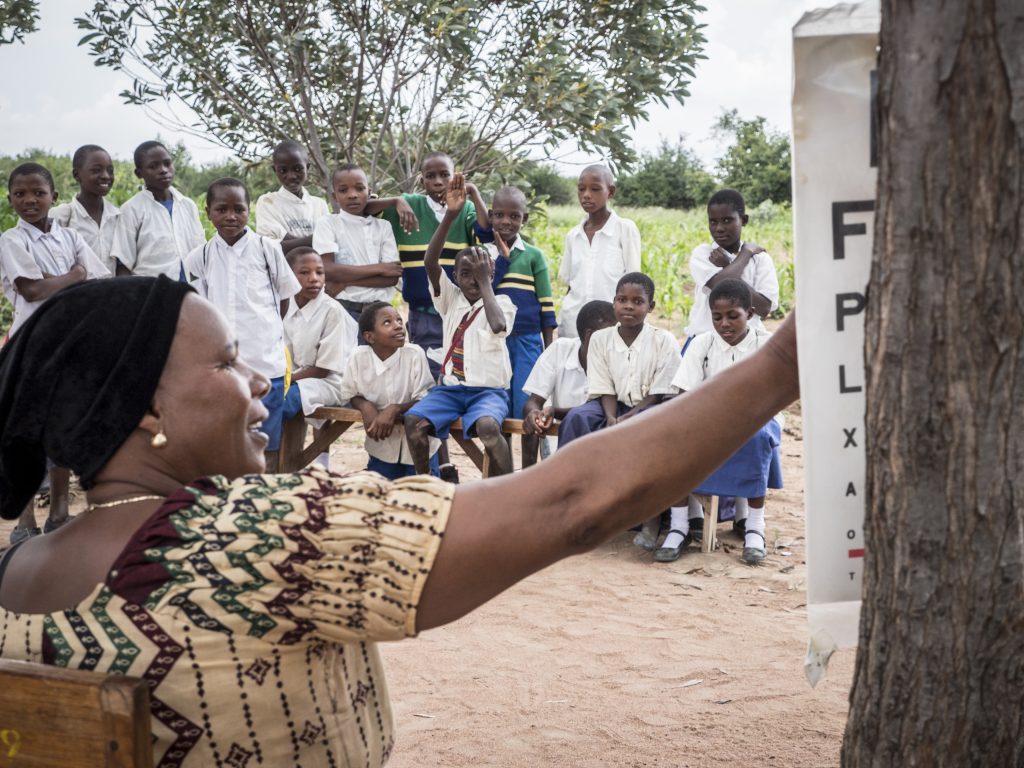
Tanzanian outreach worker conducting screening
Seva Canada has helped fund the development of CECs in India, Nepal, Cambodia, Benin, Madagascar, Burundi, Uganda, Malawi and Rwanda.
What is Seva Canada up to next?
Seva’s goal is to build local financial and managerial capacity to expand the number of CECs to meet the eye care needs of rural populations in Uganda, Madagascar, Rwanda and Burundi; to start. This expertise will then be utilized to scale-up a successful eye care model for rural populations throughout Africa. With one CEC serving about 150,000 people, Burundi alone requires 50 CECs for its rural population of 7 million people.
Seva finds donors, governments, foundations, grants and investors to cover the capital costs and first year operating costs while also arranging financial plans wherein revenues from the CECs will be used to repay the investors.
No one in the world should remain needlessly blind and Seva’s work is making sure of that.
Seva Canada’s work on the global level helps in the fight against extreme poverty by helping those affected, mostly women and girls, have healthy vision so they can get an education, earn and income and help lift themselves and their families out of poverty. Their work, one of many Canadian international development programs, is making a difference.
